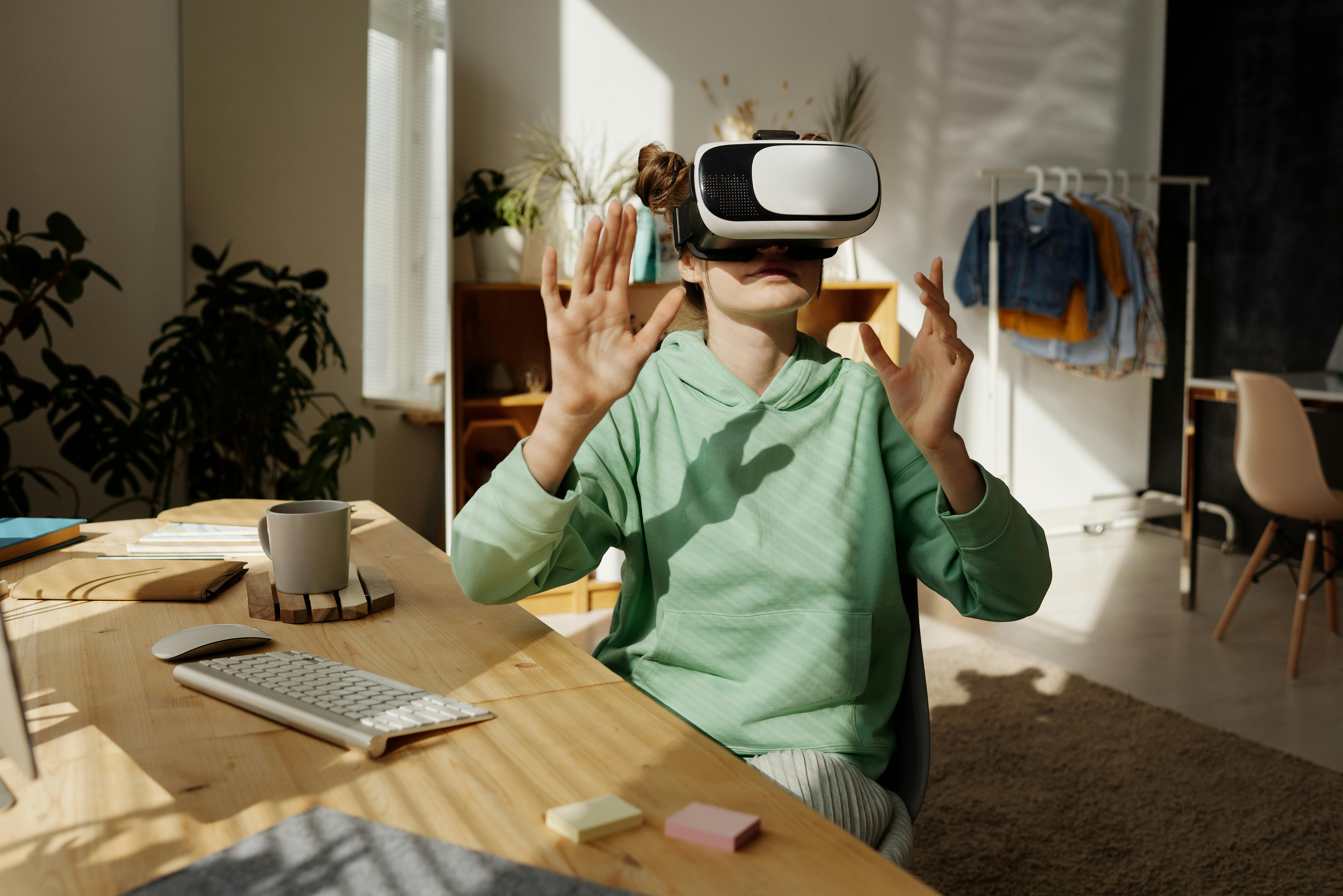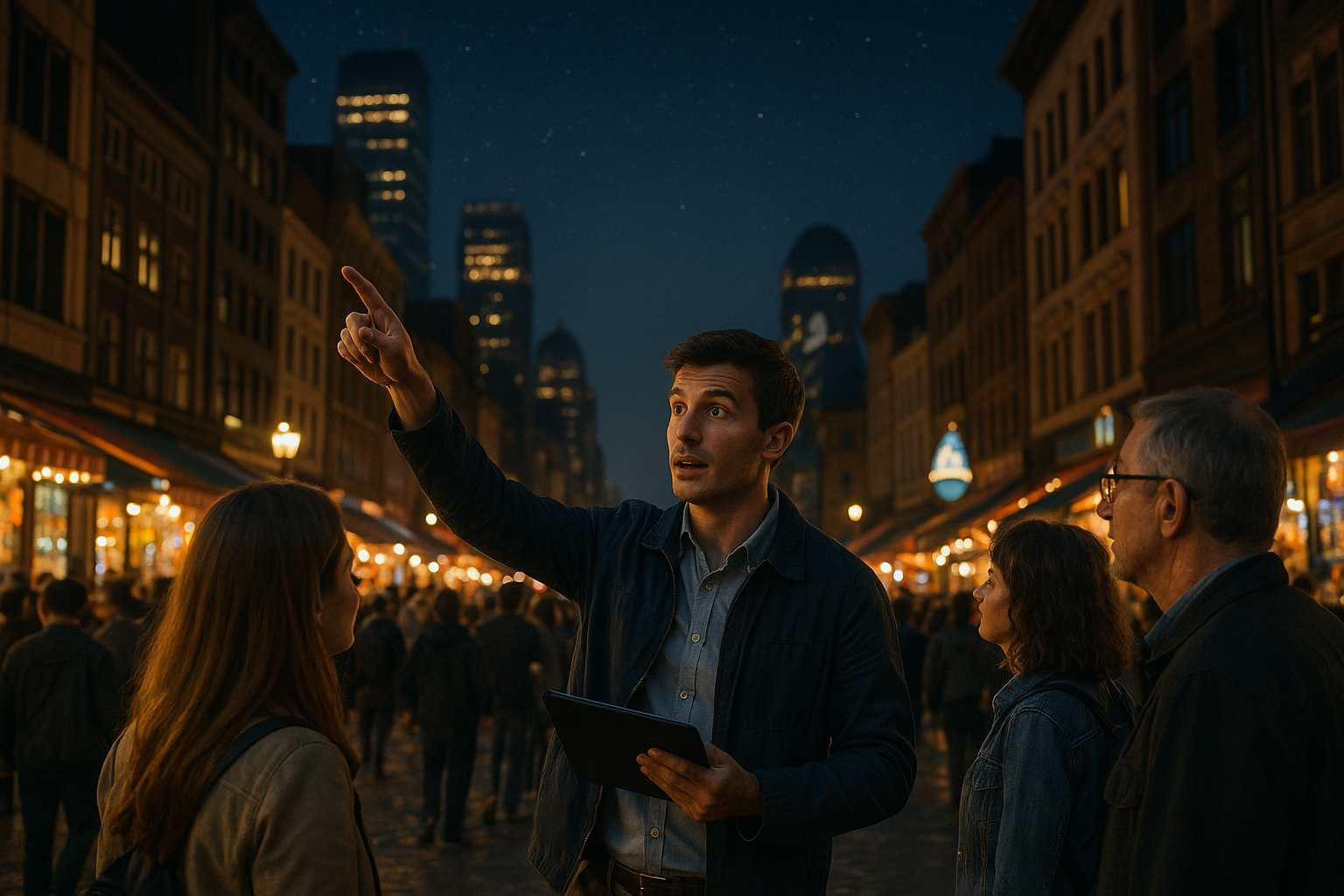Rethinking Reality: The Surge of Virtual Reality in Modern Theatre
In a world where technology is rapidly evolving and transforming various industries, the arts and entertainment sector is not left out. The surge of virtual reality in modern theatre is an intriguing evolution that is revolutionizing the traditional theatre experience. This article explores the history, current trends, and impacts of this exciting movement.

Virtual Reality and Theatre: A Historical Overview
The concept of virtual reality (VR) is not new. It dates back to the 1960s when Ivan Sutherland and his student Bob Sproull invented the first VR/AR system. However, it wasn’t until the early 2000s that VR started making waves in the entertainment industry, including theatre.
The integration of VR in theatre started as a simple experimentation, but it soon became a means of enhancing storytelling, audience immersion, and overall theatrical experience. Theatre companies began using VR to break the fourth wall, allowing audiences to step into the world of the play instead of merely observing from a distance.
Emerging Trends in Virtual Reality Theatre
In recent years, the application of VR in theatre has evolved significantly. The Royal Shakespeare Company’s 2016 production of “The Tempest,” for instance, used motion capture and VR technology to create a digital avatar of the character Ariel. This not only thrilled audiences but also set a new standard for what technology could achieve in theatre.
Today, companies like the National Theatre and Marshmallow Laser Feast continue to push the boundaries, creating immersive productions that blend live performance with VR. VR is also increasingly used in theatre education and training, offering a new way to study and practice performance.
The Impact and Reception of Virtual Reality Theatre
The impact of VR on theatre has been profound. It has changed the way stories are told, transforming passive audiences into active participants. Critics argue that this heightened level of immersion may alter the essence of theatre, but many believe it is a natural evolution that brings a new dimension to the art form.
The reception of VR theatre has been largely positive. Audiences are excited by the novelty and the immersive experience that VR offers, while critics appreciate the innovative use of technology. However, there are concerns about the accessibility and affordability of VR theatre, as not everyone has access to the required technology.
The Future of Virtual Reality in Theatre
As VR technology continues to improve and become more accessible, its application in theatre is likely to expand. Theatre-makers are excited about the potential to create even more immersive and interactive experiences.
At the same time, there are challenges to address, such as the high cost of VR equipment and the need for specialized skills to create VR content. However, as VR becomes more mainstream, these barriers are likely to decrease.
In conclusion, the surge of virtual reality in modern theatre represents a significant shift in the way we understand and experience theatre. It is an exciting development that promises to make theatre more immersive, interactive, and engaging while pushing the boundaries of storytelling and performance.




